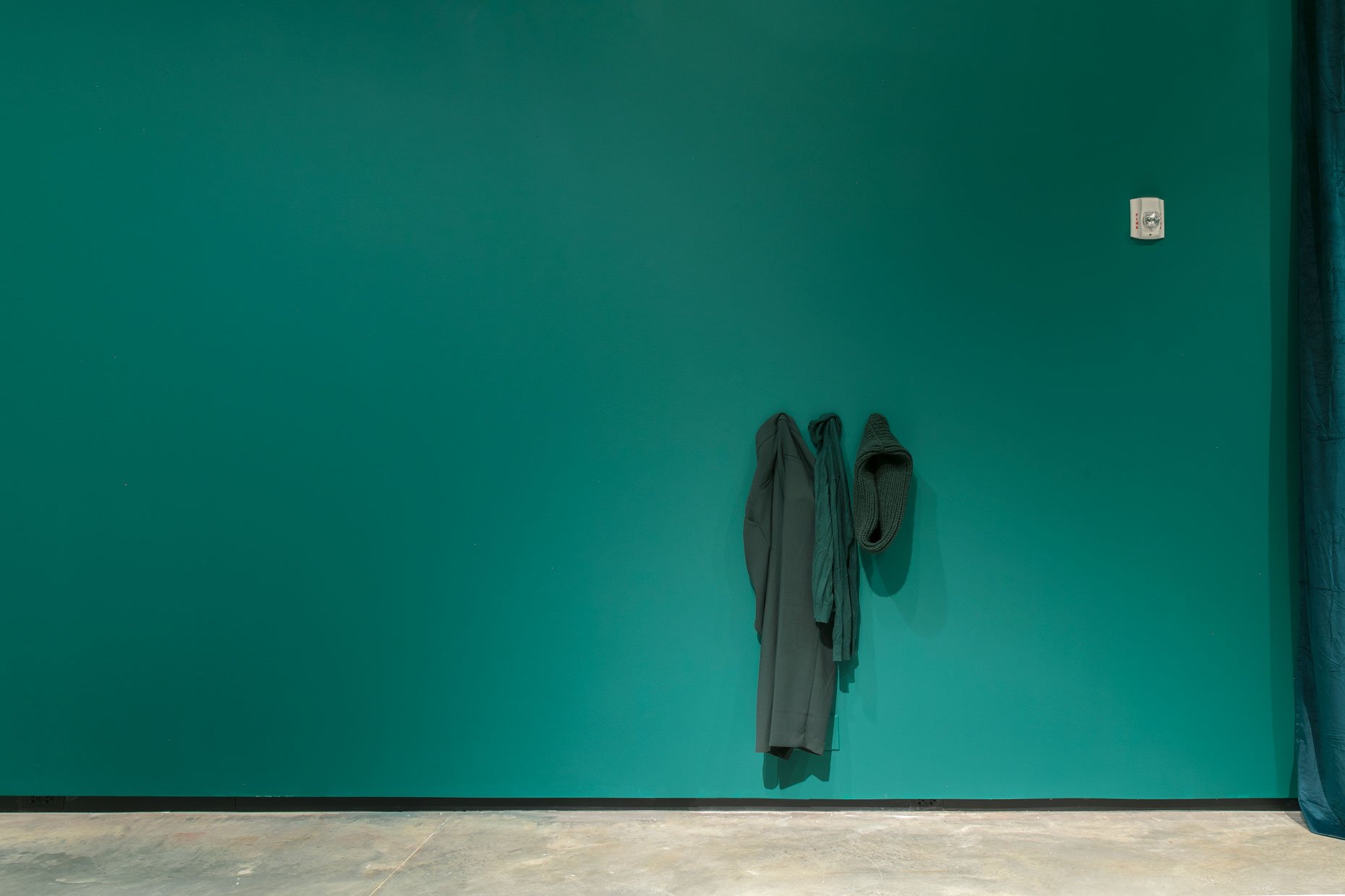-

IRENE GRAU: INCOHERENT WALK
January 7 - March 16, 2019
Abroms-Engel Institute for the Visual Art, AEIVA, Birmingham, Alabama
Irene Grau’s work speaks of painting and landscape, of process and displacement through rigorous research into the possibilities of monochrome painting and its relation to landscape as both genre and framework, but above all as experimentation; as a way of seeing.
Landscape painting created outdoors, pleinair, thus in the landscape, preoccupied artists such as Van Gogh or Cézanne, who might have pioneered a pictorial nomadism of sorts, but pleinair painting was already an object of study for Courbet, Constable, and Turner. Impressionism was however the first style to work somewhere in between an image and a painting. Whilst Manet managed to get rid of the connection between narrative and spatial depth, Monet abandoned the use of drawing as a way of priming color, dissolving the horizon and blurring the landscape; abandoning its referent.
Irene Grau’s latest project, incohérent walk, starts from the context of one of the first monochromes in history, developed by Les Incohérents *, a late 19th century Parisian group of witty artists organized by a young writer, Jules Lévy. Among the radical Incoherent works on view in their early 1880’s exhibitions were blank monochrome paintings by the poet Paul Bilhaud and the French journalist and humorist Alphonse Allais. The monochrome was born as a conceptual joke, precisely to belittle the work, in the form of graphic criticism, of artists such as Turner, Whistler, or Monet, whose landscape paintings eliminated the contrasts of chiaroscuro that defined the forms. In his well known Album Primo-Avrilesque, published on April 1, 1897, Allais compiled a series of colored plates with titles ranging from First Communion of Anaemic Young Girls in the Snow to Tomato Harvest by Apoplectic Cardinals on the Shore of the Red Sea (Aurora Borealis Effect). These satirical gestures represent one of the earliest examples of monochrome painting through an ambivalent relationship to language and landscape.
It’s through knowledge of the past and Art History that Irene Grau’s conceptual projects gain significance and move forward in the contemporary redefinition of the landscape genre, as well as the idea of displacement, a core concept in her art practice.
* The Incohérents (Les Arts incohérents or les incohérents) was a short-lived French art movement founded in 1882 by Parisian writer and publisher Jules Lévy (1857-1935). The movement’s members anticipated many of the art techniques and concepts later associated with avant-garde and anti-art through their attitude of satirical irreverence.







